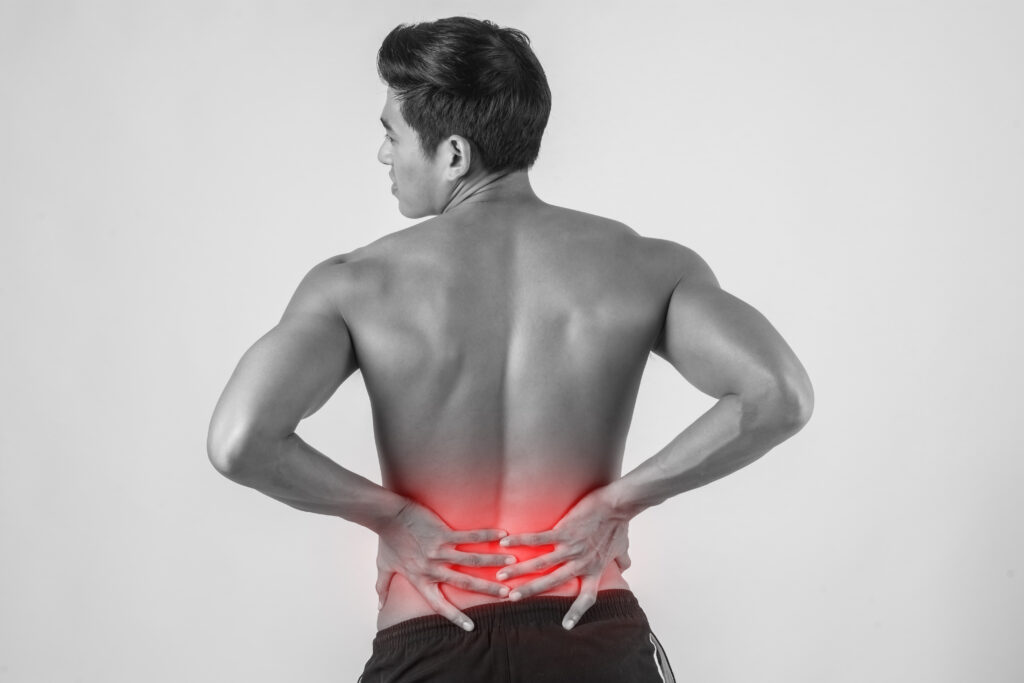Cervical Spondylosis and Its Causes and Risk Factors?

One of the most important of the human body is the spine. This part of the human skeleton provides the necessary support and strength for the upper body. The spinal column consists of the spinal cord, a long chain of nerve tissue, and the roots of hundreds of nerves. The spine is divided into three portions: the cervical spine in the neck, the thoracic spine in the upper half of the torso and the lumbar spine in the lower half of the torso.
The spine is the combination of 24 large bones that are named vertebrae. Small bands of tissue called ligaments join these bones. The vertebrae are separated by discs which contain soft gel-like material on the inside and act as shock absorbers.
The vertebrae are joined at the front and back, called the intervertebral disk joint and two facet joints, respectively. The joints contain cartilage which cushions the ends of the bones.
Causes of Cervical Spondylosis
With the increasing age factor, everybody undergoes wear and tear of the spine. Almost 90% of the population suffers from a higher degree of the same cervical spondylosis. The wear-and-tear can be due to various reasons.
- Disk degeneration: Under Disk degeneration, the discs between the vertebrae become thinner, and the soft gel-like tissue inside them starts dehydrating, which shrinks the disc slightly.
- Herniated discs: Here, in this condition, the discs develop a crack and some of the tissue inside pushes outward, creating a bulge in the disc. The bulge presses on the nearby tissues of the spinal nerves or on the spinal nerve as well.
- Osteoarthritis: When cartilage in the joints starts degenerating with time for people with osteoarthritis, this degeneration takes place faster.
- Bone spurs: To improve age-related wear and tear, the spine tries to heal by creating small outgrowths of bone tissue called bone spurs or osteophytes. This pinch the spinal cord and roots of the nerves.
- Ligament stiffness: The ligaments that connect the vertebrae generally lose their elasticity, making neck movement difficult and the neck feels tight.
Risk Factors
As scientists have observed that ageing is the primary cause of CS, several risk factors can accelerate the occurrence of CS and worsen the symptoms:
- Overuse: The person has to crane their neck upwards or look down or keep the neck in an awkward position for a long duration, which can trigger an early birth of CS. Thus, occupations with repetitive neck motions, violent neck movements, lifting heavy loads and vibration of the body put extra stress on the neck, and the problem takes place sooner.
- Neck injuries: A vehicle accident or a nasty fall can injure the cervical vertebrae or discs and can be the reason behind the cause of CS.
- Genes: In some cases, the family members show more age-related wear and tear of the spine, even without the availability of the other risk factors.
Conclusion
So, are you looking for a Cervical Spondylosis services? If yes, then you can go ahead with the Spandan Spondylosis Care Centre, which offers the best Cervical spondylosis treatments in India. Spandan Spondylosis Care Centre offers the panchakarma procedures, oral medications, and lifestyle modifications etc.
